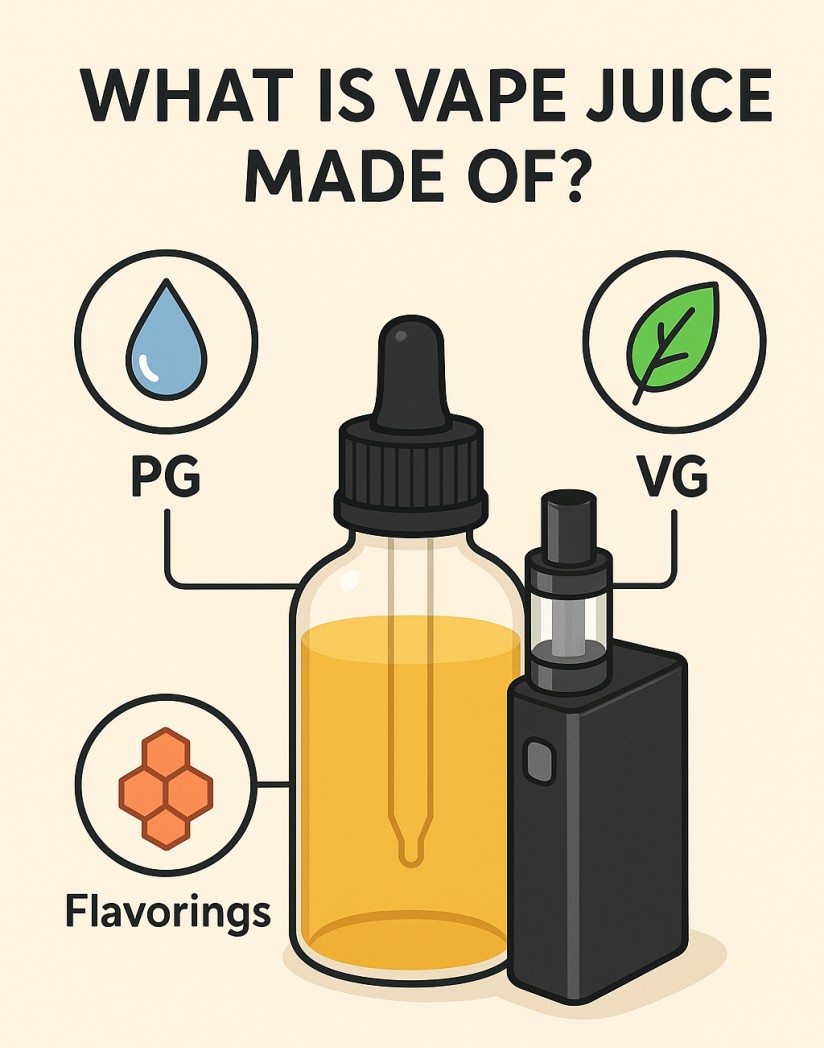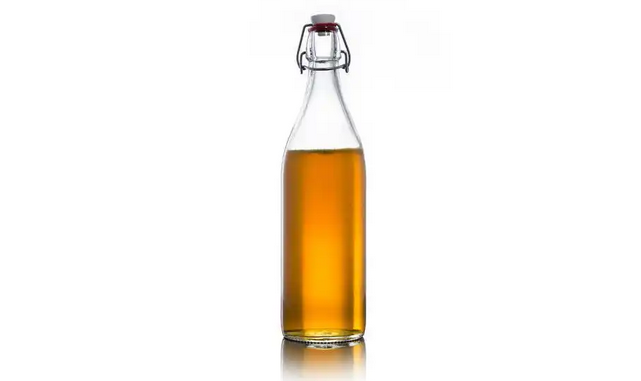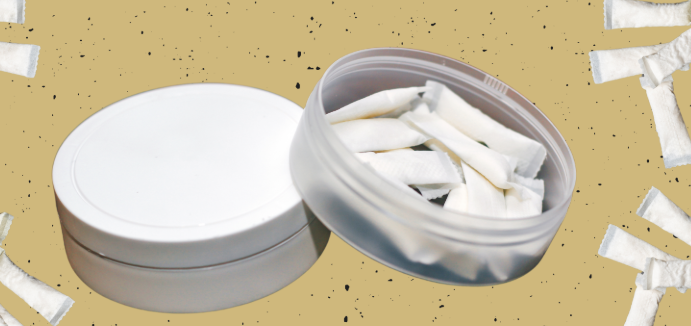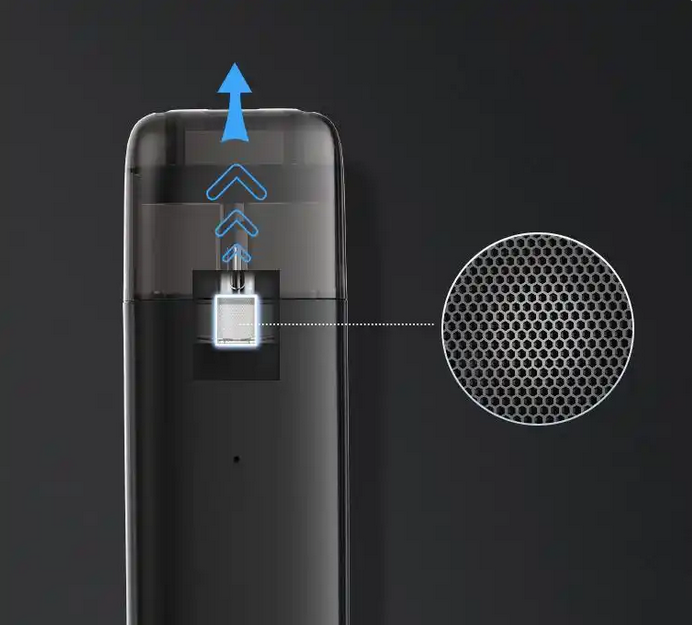
ARE YOU OF LEGAL VAPE AGE?
Please confirm that you are of legal age to purchase vaping products to access our site.

Please confirm that you are of legal age to purchase vaping products to access our site.
Some items are no longer available. Your cart has been updated.
This discount code cannot be used in conjunction with other promotional or discounted offer.
With the rapid advancement of technology, vaping has become a popular alternative to traditional smoking. At the heart of every vape device lies vape juice (also called e-liquid or e-juice). But what exactly is vape juice made of? In this guide, we’ll explore its ingredients, manufacturing process, vaporization science, and how to choose high-quality vape juice for the best experience.

Vape juice is a specially formulated liquid used in e-cigarettes and vaporizers. When heated, it turns into vapor that users inhale. Its primary ingredients include:

PG is a colorless, odorless liquid commonly used in food, cosmetics, and medicine. In vape juice, PG acts as a carrier for flavorings and provides a sharp throat hit similar to traditional cigarettes.

VG, also known as glycerol, is a natural compound derived from plants. It is thicker and sweeter than PG and is responsible for producing dense vapor clouds. Vape juices with higher VG content are popular among “cloud chasers.”

Nicotine can be added in different concentrations depending on user preference. Most disposable vapes and e-liquids contain 2%–5% nicotine strength. Nicotine stimulates the nervous system, triggering dopamine release, which temporarily relieves cravings. While nicotine is addictive and toxic in high doses, research shows it is not classified as a carcinogen by the World Health Organization (WHO).

Food-grade flavor concentrates make vaping enjoyable. They account for around 5% of the total formula. High-quality vape juice brands use regulated flavorings that meet food safety standards. However, unregulated flavorings (such as diacetyl, once used for buttery flavors) can be harmful, which is why buying from reputable brands is crucial.
The manufacturing process of vape juice may seem simple but requires scientific precision:

Vape juice transforms into vapor through a low-temperature atomization process:
While studies show that small amounts of formaldehyde can be produced during heating, reputable e-cigarettes typically remain well below international safety limits (around 1/10 of the maximum standard).
The quality of vape juice directly affects both safety and vaping experience. Here are some tips when choosing:
Understanding what is in vape juice helps consumers make safer and more informed choices. A standard e-liquid is typically 90% PG and VG, 5% flavorings, and 0–5% nicotine. While vaping is generally considered less harmful than smoking, the quality of vape juice matters. Always purchase from trusted brands that follow strict manufacturing standards.
By knowing what vape juice is made of, you can enjoy a better vaping experience while minimizing risks.

Comment